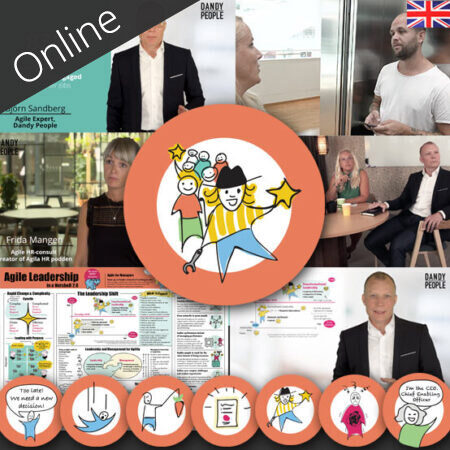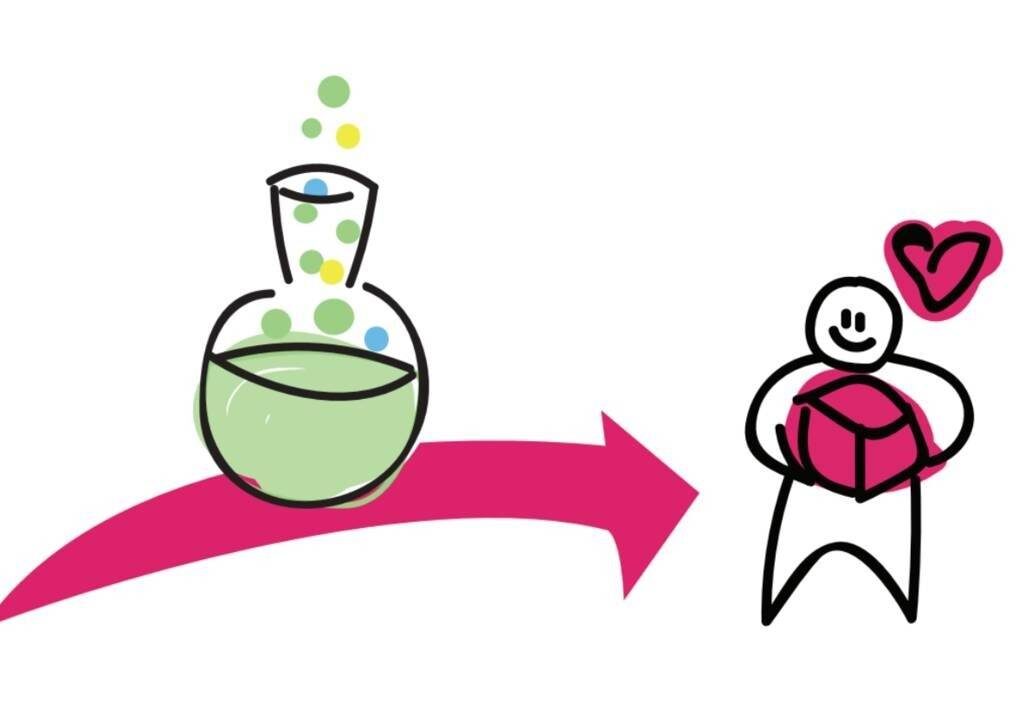
Agile HR is an approach to HR that prioritizes speed, responsiveness, flexibility, and collaboration. As discussed in depth in our free Agile HR Dandy People poster, Agile HR has two facets that are both critical for achieving Organizational Agility:
- Agile for HR – Applying the Agile mindset and evidence-based tools within HR teams and projects
- HR for Agile – Evolving people practices to support Agile teams and organizational transformation

Agile for HR
Changes in our environment, legislation, and technologies have outpaced HR’s ability to keep up in many organizations. As a result, HR often feels caught in the weeds of compliance and administration. Many HR practitioners are recognizing the need for new methods and ways for delivering value to the organization are increasingly turning to more Agile ways of working. The result is an HR team that co-creates directly with the internal and external customers to build a great place to work.
HR for Agile
Building an Agile organization requires that HR redesigns people practices in a way that’s congruent to Agile’s more networked, team-based, customer-focused operating model. Traditional HR often paces itself according to annual cycles where individual performance is optimized and rewarded irrespective of impact or outcome, and this needs to change.
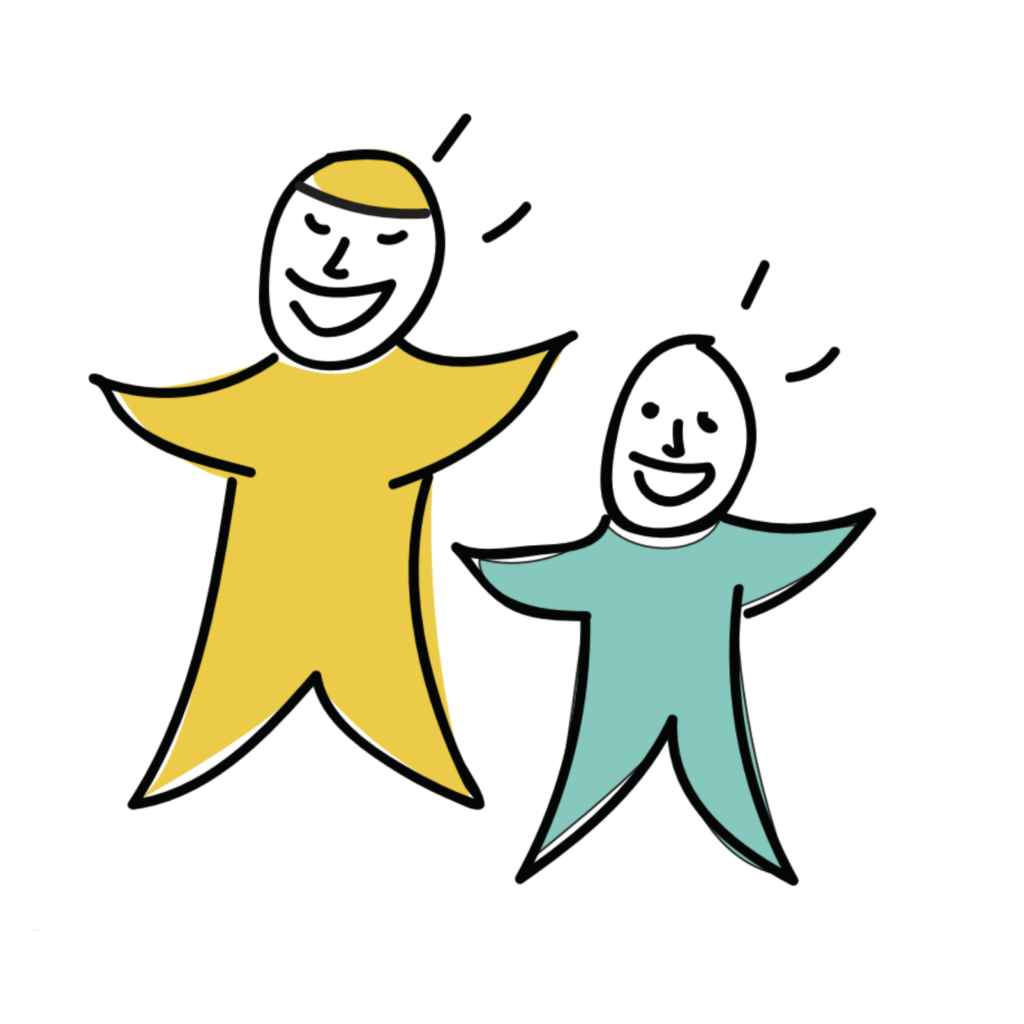
8 Relatable Examples
Below are bite-sized summaries of eight relatable examples of how different organizations went about using Agile ways of working to increase their HR Agility. As you’ll notice, some even blend “Agile for HR and HR for Agile” in clever ways that help increase the agility of the whole organization!
#1 – Using Agility to create a company manifesto
- A company manifesto, that outlined desired values and behaviors, was co-created by employees and managers using iterative and incremental development that included hundreds of people, where HR played no role.
- Prototyping, testing, and validation were used throughout the process, where draft versions were released each sprint for the whole organization to give feedback on.
- The manifesto and values were approved after 6 iterations, after which the material, content, videos, storytelling on top of the values and manifesto were created.
- Although the manifesto took many months, everyone felt they had a voice and played a role in its creation.
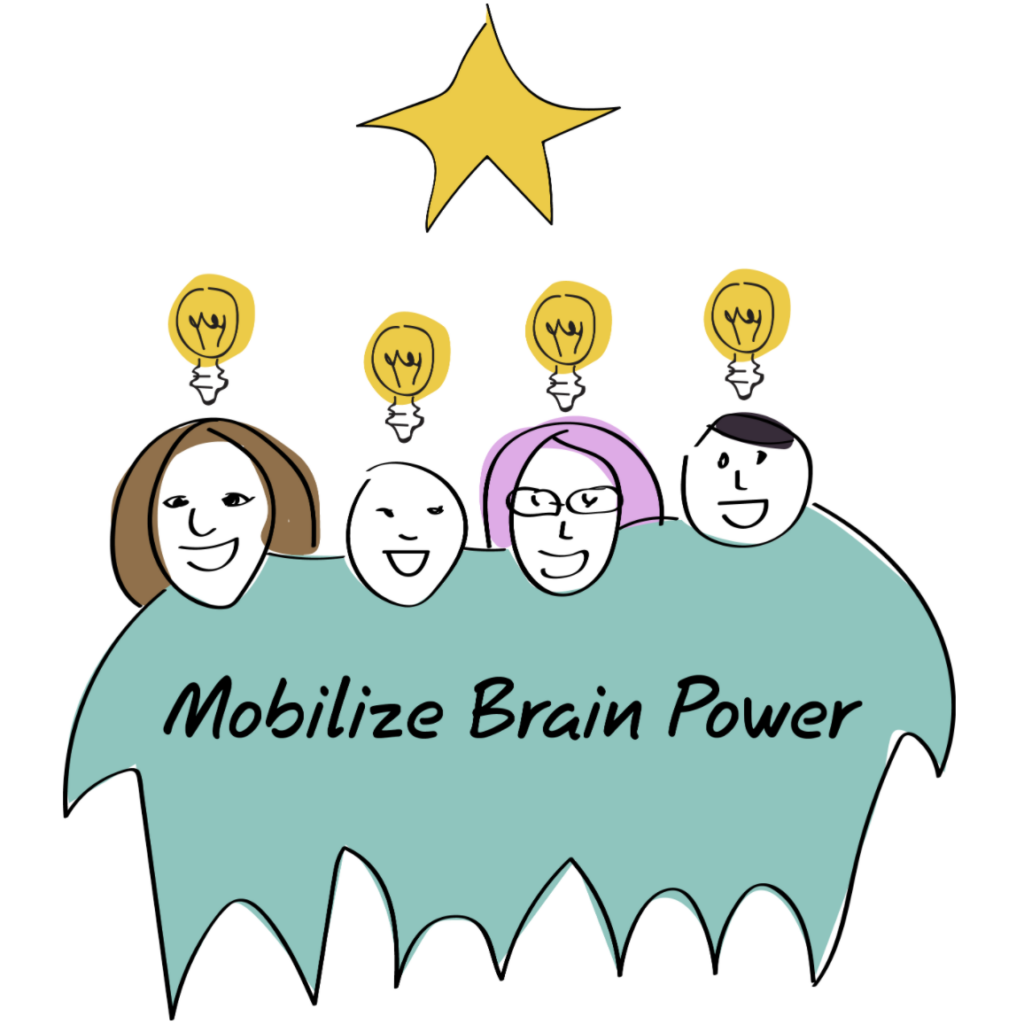
#2 – Using “Leadership as a Service” to enable Business Agility to thrive
- The traditional role of middle management, where line managers are assigned specific teams to “manage”, got replace by a team of managers offering management and leadership services.
- Teams that are stuck or need help can connect with these “Leadership as a service” teams and get the resources or coaching they need.
#3 – Using Agility to redesign a performance management system
- An HR team wanted to involve their employees in redesigning a performance management system.
- Just like scientists who want to create a valuable solution (see the graphic below), they created a prototype and initiated several feedback sessions with managers and executives, after which the second version was created.
- The next step was an online demo with employees providing feedback on the most important design principles.
- Feedback was implemented to create the third version, which became the pilot version and in two real-life units.
- After the two units had tested the pilot version, the last version was created and adopted step-wise throughout the organization.
#4 – Using Scrum as a learning framework for a leadership development program
(…where the team decides on what they want to learn, sprints, priority, reviews, retrospectives)
- The training participants, all managers, created their own learning backlog themselves by asking each other, “what do we need to learn? Why is it important? When can we say we have learnt this?”
- They prioritized their list of learning content.
- Each month was a theme that they had decided or prioritized.
- External trainers came in and trained on the theme.
- Reviews and retrospectives were held that invited reflection upon what was learned, how it was applied, how can members learn better in the group, which ultimately resulted in evolving learning methods.
- Re-prioritization happened throughout the sprint, especially in situations like sudden layoffs, where “Layoffs and employee negotiations” were prioritized new theme.
- The result was that managers experienced increased ownership in a learning journey that they prioritized according to their definition of value, where learning was broken into smaller live and virtual events in a self-directed way.
#5 – Using Agile development for an HR/IS project instead of using the waterfall method:
- Managers and employees were invited to co-create the HR processes together before the system project is even started.
- Incremental releases of the system were agreed upon, where only parts of the system were released to parts of the organization.
- The result was a more reliable, less risky implementation with quick adoption because managers and employees helped identify and define the practice to be useful for them.
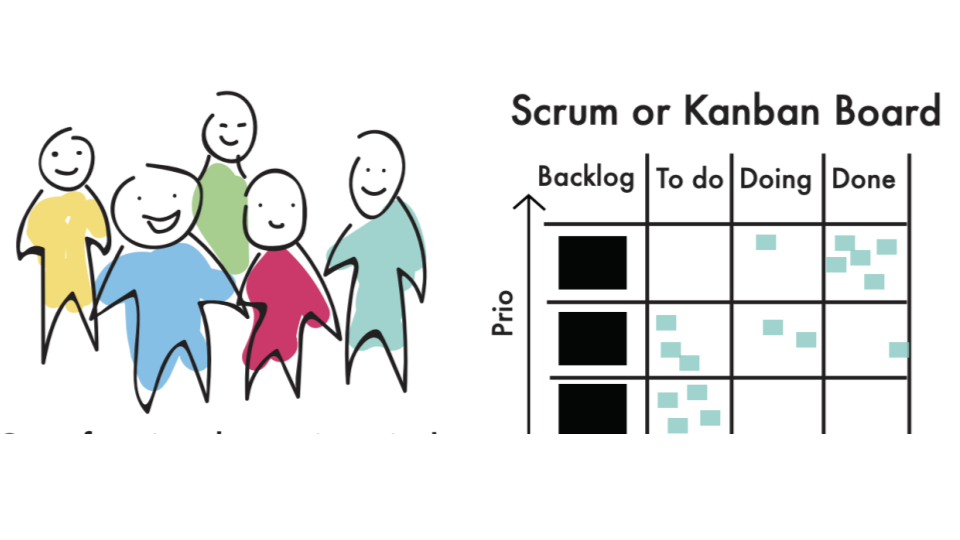
#6 – Using Scrum as an operating model for HR development work
- A small HR team of 5 people agreed to use modified Scrum to develop HR practices.
- Three afternoons each week were booked for syncing efforts and team collaboration.
- The development portfolio was prioritized, where they worked on one or two projects at a time, released them, and then move to the next projects.
- Bringing value to the users was their shared focus, along with getting things to “done” and collecting feedback and validation before implementing and moving on to develop the next thing.
#7 Using iterative and incremental development for culture change
- The implementation of a culture change initiative was co-created by employees and managers and prioritized according to value and effort in partnership with business leaders, as opposed to an executive sponsoring the cascading of a one-size-fits-all culture program throughout the organization
- The first unit chosen was according to the biggest impact on revenue and customer NPS
- Learning from the first implementation was used for planning the “next release”
- Managers and employees became active change-agents and catalysts
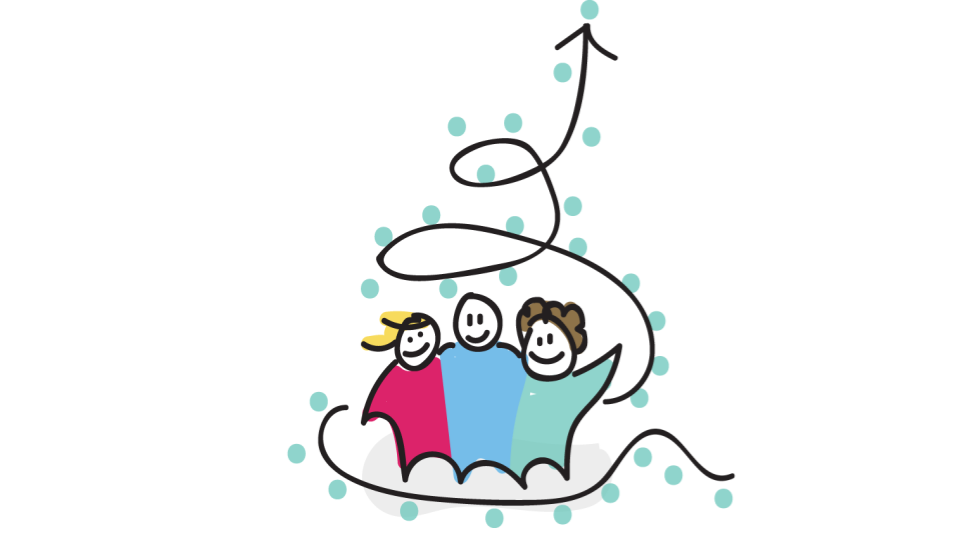
#8 – Using DevOps to inspire changes to the recruitment pipeline
- A Talent Acquisition team wanted to reimagine recruitment as a talent pipeline
- Using lean principles to optimize the recruitment process and bringing in digital assessments as recruitment steps, the team cut off unsuitable candidates early and only receive CV’s and application letters from the most suitable candidates
- The result is fewer applications and CVs that are more suitable for the job, which translates into less non-value-adding work by recruiters and less wasted time for applicants

When it comes to Agile HR, what have YOU tried? What has worked or hasn’t worked for your organization?

